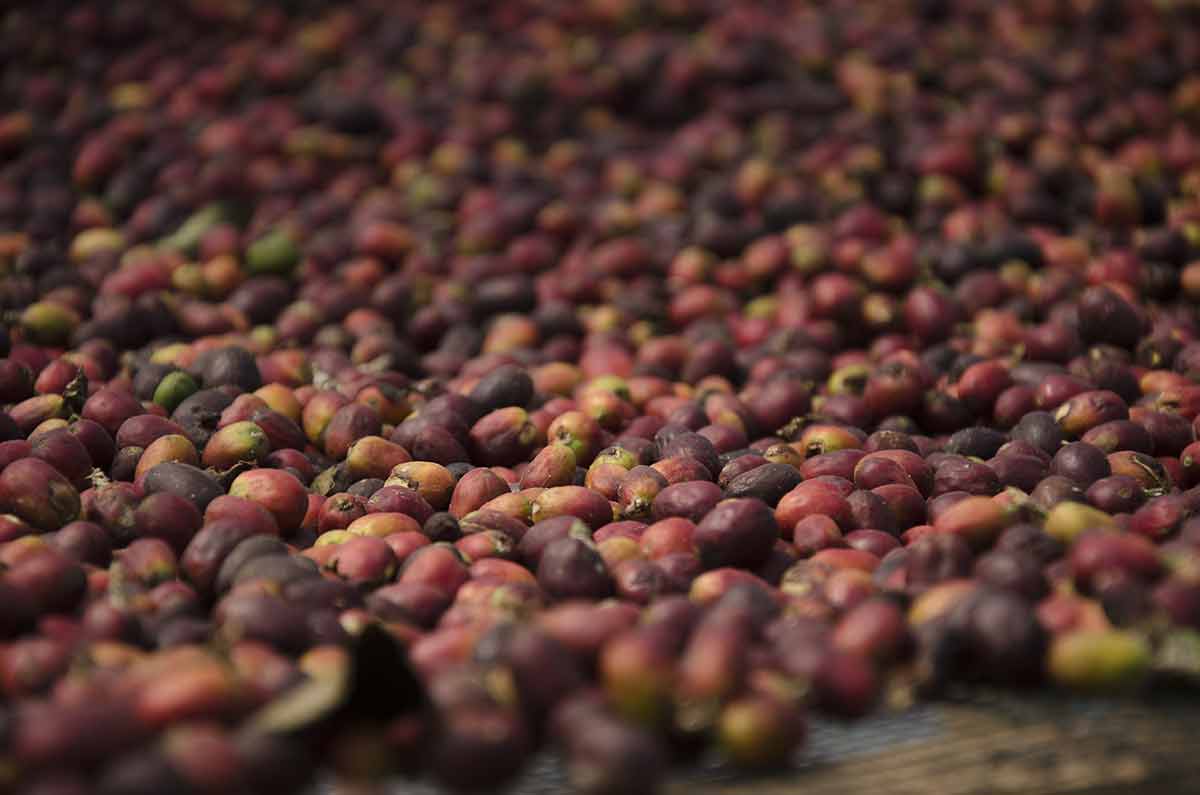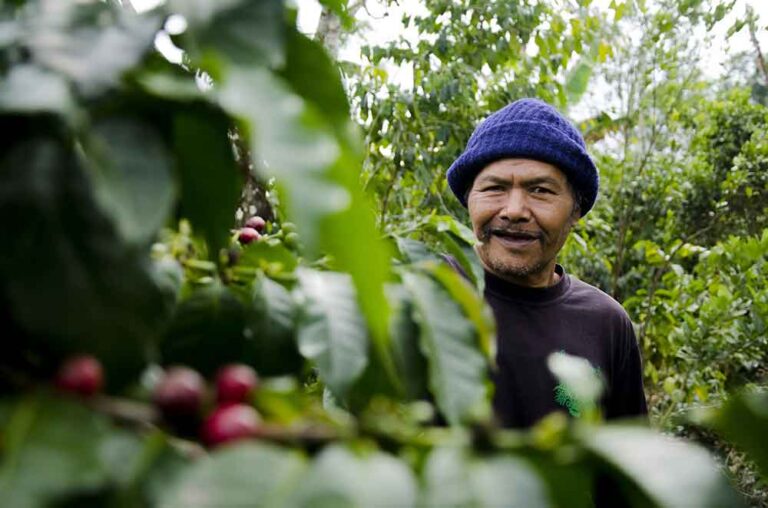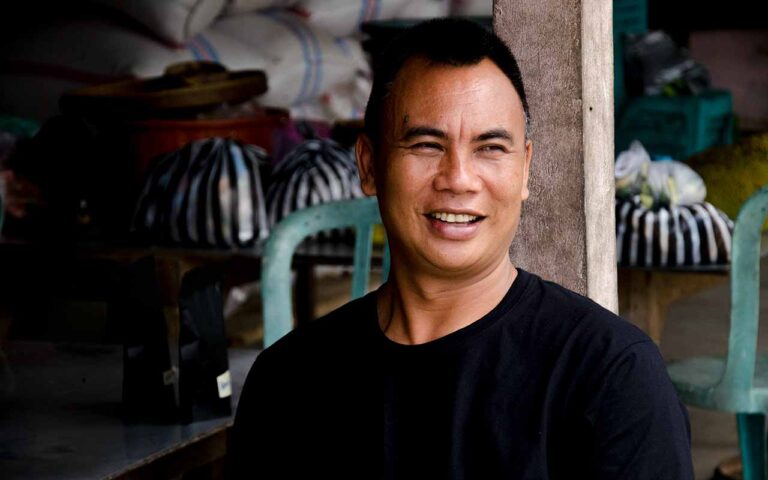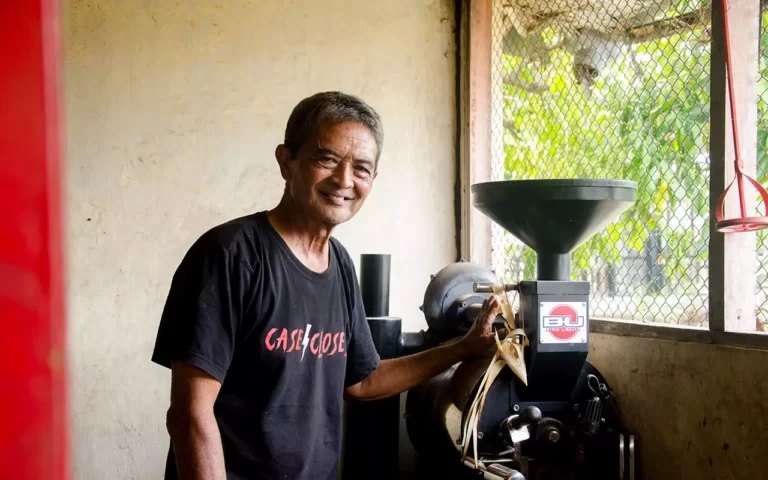The choice of post-harvest processing for Bali Specialty Coffee contributes to the flavor profile of the coffee beans that will be produced when brewed. Apart from the coffee variety and the condition of the garden soil, this also has an impact on the formation of the taste of Balinese specialty coffee.
The post-harvest coffee process is the procedure of separating the coffee beans from the flesh and skin of the fruit until they become coffee beans that are ready to be roasted. So how do you turn coffee cherries into dry coffee beans that are ready to be roasted? That is what is called the post-harvest coffee process.
Process of Bali Specialty Coffee
In general, the post-harvest process of Bali specialty coffee can be grouped into three basic methods: the wet method, the dry method, and the semi-wet method.
From each of these large groups of post-harvest processing methods, there are process derivatives that are also increasingly developing in line with the never-ending efforts to optimize the taste of coffee.
The post-harvest process stages are carried out as quickly as possible after the coffee cherries are harvested from the garden. This is to prevent the coffee cherries from overfermenting if they are stored intact for too long. The taste of coffee can be contaminated by the undesirable impacts of fermentation. The quality of the coffee beans produced is not optimal.
When harvesting coffee with specialty coffee quality standards, you must be selective in only picking ripe coffee cherries that are marked as red. This means that the coffee fruit is at its maximum stage of producing glucose and has the potential taste that is its characteristic.
Natural Dry Processing Process
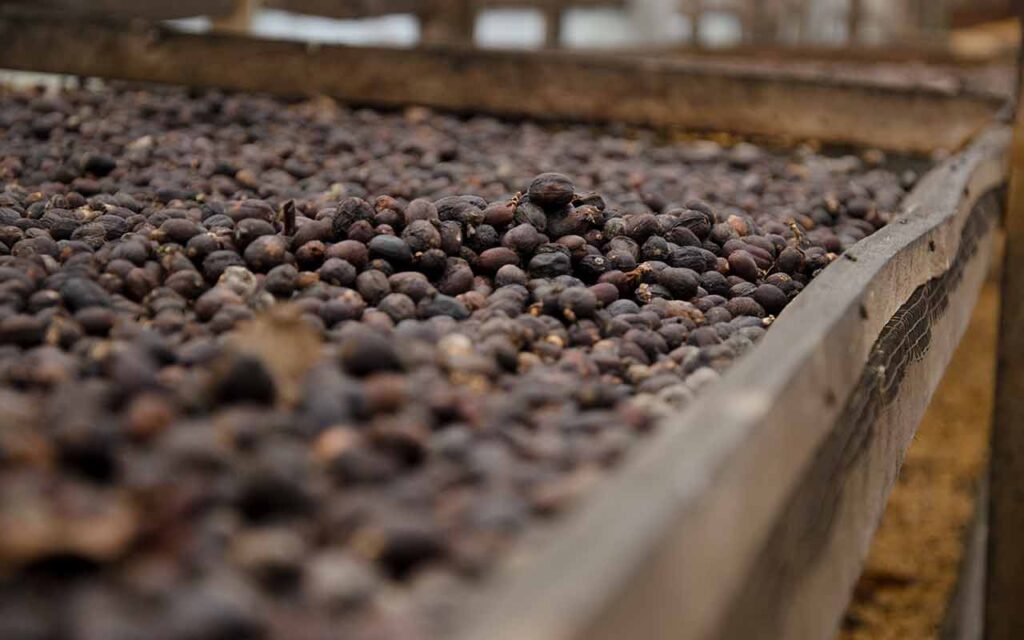
This is the oldest post-harvest coffee process because it has been practiced since time immemorial, before modern equipment was introduced.
This process of making Bali specialty coffee is also frequently done by the farmer.
The first stage is that the harvested coffee cherries are directly dried in the sun. However, nowadays, coffee farmers and processors also dry coffee cherries in dry beds in greenhouses. So you don’t have to bother covering coffee cherries that are being dried in the sun when it rains.
In the second stage, when the coffee cherry has dried and the water content is below 12%, the coffee skin usually peels off by itself.
However, these dried coffee cherries will be further processed by peeling off the remaining outer skin and epidermis that are still attached to the coffee beans using a huller machine.
The result of this huller machine is green beans, which are ready to be stored or marketed to coffee roasters.
This method is called a dry process because it involves almost no water.
The taste profile of naturally processed coffee is generally sweeter, with moderate fruit acidity and a fresh taste, and with a slightly thick body.
The total duration of this natural process is usually 30–40 days.
Pulp Natural
This process is usually carried out by Brazilian coffee farmers. Namely, newly harvested coffee cherries are mined first to remove immature and damaged coffee cherries.
After that, the skin and flesh of the coffee cherries are peeled. Leave the mucilage layer still attached to the coffee beans.
These mucilage-coated coffee beans are dried in the sun, and the coating will decay by itself during the drying process in the sun.
The resulting coffee taste is nutty and citrusy, with a body as thick as syrup. The acidity of coffee resulting from the pulp-natural process is usually perceived as medium-low.
Honey/Miel Process
Actually, this process is almost similar to pulp-natural. However, coffee processors can regulate how much pulp remains attached to the coffee beans before drying. The thickness of the remaining fruit flesh is usually set in the depulper machine settings.
Because when dried in the sun, the remaining fruit flesh and mucilage are sticky and change color from yellow to brownish like honey, that’s why it is called honey or miel (Spanish).
Playing with the thickness of the mucilage left on the coffee beans affects the taste of the resulting coffee. This is what differentiates it from the natural pulp process, which generally leaves only 50% of the mucilage layer when dried.
In the honey process, there are at least 5 options with their respective names.
The black honey level when mucilage is left on the coffee beans is almost 100%. This makes the color of the dried coffee beans appear black and sticky.
Red honey is a term for a process that leaves 75% of the mucilage layer on the coffee beans.
Yellow honey is the name for a process that leaves 50% of the mucilage layer on the coffee beans.
Golden honey is the name for a process that leaves 25% of the mucilage layer on the coffee beans.
White honey leaves almost no mucilage layer on the coffee beans.
Wet Processing Process/Full Wash
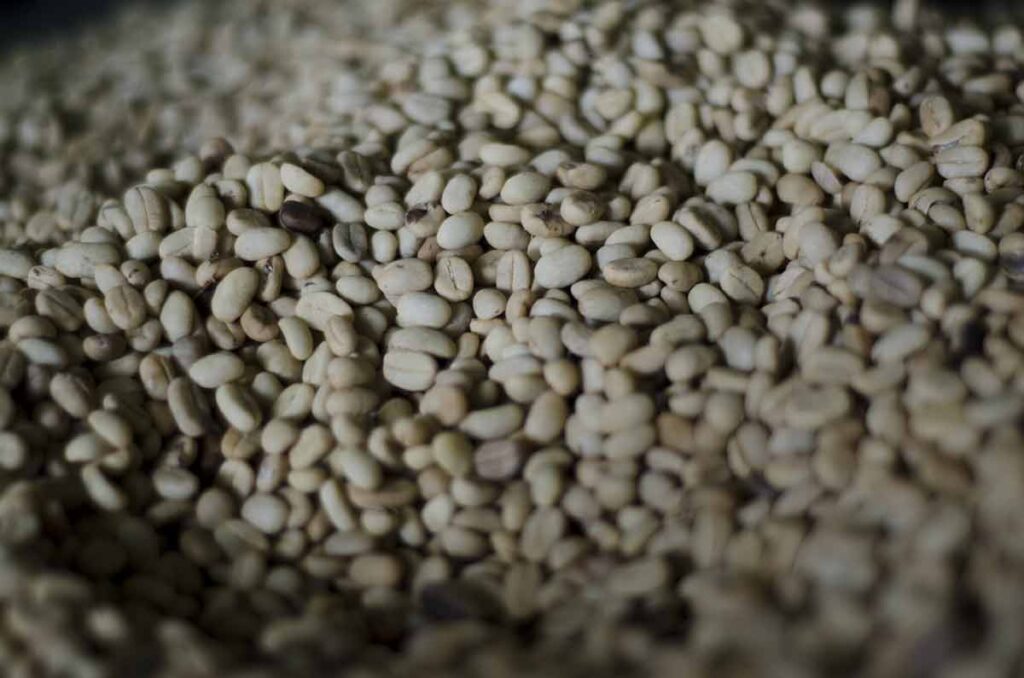
In the first stage, the harvested coffee cherries are mined in a vessel filled with water. Floating coffee berries will be set aside, while sinking coffee berries will be processed next. Because floating coffee cherries indicate low quality coffee.
In the second stage, the skin and flesh of the coffee cherries are peeled using a depulper machine. From this depulper machine, coffee beans are produced, which are still covered in mucilage or the remains of coffee fruit slime.
In the third stage, the coffee beans are fermented by storing them in a bag or vessel filled with water for 12–36 hours, the duration depends on the preferences of each coffee processor.
In the 4th stage, the fermented coffee beans are washed and then dried on a dry bed.
This method is called a wet process because it involves abundant amounts of water.
The taste profile of coffee obtained using this wet process is generally cleaner, medium-bodied; the sour taste is relatively soft or not too intense.
The total duration of the full washing process is 10–15 days, depending on the intensity of sunlight.
Thermal Shock Washed Process
It is a post-harvest coffee process with several stages that involve washing the coffee beans using water at a temperature of 40 oC. The stages are as follows:
1. Harvested coffee cherries are mined and sorted to separate deformed and damaged coffee cherries.
2. Coffee cherries are stored in sacks for 24 hours at 19oC.
3. The coffee cherries are peeled using a pulper machine to separate the coffee beans from the outer layer of the coffee fruit’s skin.
4. Coffee beans are fermented for 36 hours at 24oC.
5. The coffee beans are then washed with water at a temperature of 40oC.
6. After that, immediately wash with water at 12oC.
7. In the next stage, the coffee beans are dried using a dryer at a constant temperature of 32 oC until the water content reaches 11%. This thermal shock washed process method aims to control the fermentation process so that it can produce the desired coffee taste. Using water at a temperature of 40oC and cooling it quickly is an effort to make the fermentation process shorter.
Hybrid/Semi-Washed Process
This hybrid or semi-washed process is a combination of a dry process and a wet process but with not too much water involved.
In the first stage, the harvested coffee cherries are peeled using a depulper machine while leaving a little pulp and mucilage.
In the second stage, different from the full washed method, the coffee beans, which are still covered in mucilage without being washed, are immediately dried in the dry bed until the water content reaches 30%.
In the 3rd stage, coffee beans that have reached a water content of 30% are cleaned from remaining mucilage and dried pulp using a huller machine to become clean coffee beans.
In the 4th stage, the coffee beans are dried again in a dry bed until the water content is below 12%.
The total duration of the semi-washed or hybrid process is 7–12 days.
Experimental Process
The post-harvest coffee process is more related to the fermentation stage. There are several fermentation process innovations that are increasingly varied. These include anaerobic fermentation, mosto, carbonic maceration, koji, and many others.
Anaerobic Fermentation
The anaerobic fermentation process is a method that involves bacteria that do not like oxygen. So the fermentation process is carried out by pumping air out of the coffee bean fermentation bag or vessel.
Carbonic Maceration Fermentation
The carbonic maceration fermentation process is carried out by injecting carbon dioxide into a bag or vessel where the coffee beans are fermented.
Mosto Fermentation
The mosto fermentation process involves fermenting twice, namely, the coffee cherries are fermented until they reach a PH or acidity of 3.7. From the results of this first fermentation, a liquid will be produced, which is usually called mosto juice.
The skin and flesh of the fermented coffee fruit are peeled. After washing, the resulting coffee beans are re-fermented by soaking them in mosto juice from the first fermentation until they reach an acidity level of PH 3.
After that, the coffee beans are washed and dried until the water content is 12%.
Raisin Fermentation Anaerobic
The Raisin Fermentation Process is a coffee cherry processing process with the following stages:
After the coffee cherries are harvested, they are immediately mined to sort out defective and low quality coffee cherries.
Next, the coffee cherries are dried in the sun until they change color and wrinkle like raisins.
In the next stage, these raisin-like cherries are fermented for 2–3 days.
After that, the fermented coffee cherries are peeled into coffee beans and dried in the sun until the moisture content is 11%.
The aim of raisin fermentation is to reduce the risk of coffee cherries becoming moldy and producing an over-fermented flavor. It also homogenizes the fermented coffee beans.
Koji Fermentation
The koji fermentation process is carried out by fermenting coffee cherries with yeast or koji starter.
The first stage is to prepare koji mushrooms by growing them on rice. After the koji fungus grows and produces spores, the rice is ground into flour.
In the second stage, koji spore rice flour is sprinkled on coffee cherries covered in plastic with a thickness of no more than 5 cm. The goal is that this aerobic fermentation can be maximized because there is enough oxygen space. This stage takes 24-72 hours.
In the third stage, the coffee cherries that have been fermented for 24-72 hours are moved to a drying place, which is done slowly at a temperature of no more than 32°C to prevent rotting.
Balinese specialty coffee is processed using several post-harvest processing options. Discover the unique and enjoyable taste of Balinese coffee by trying various choices of varieties, origins, and processing methods.

